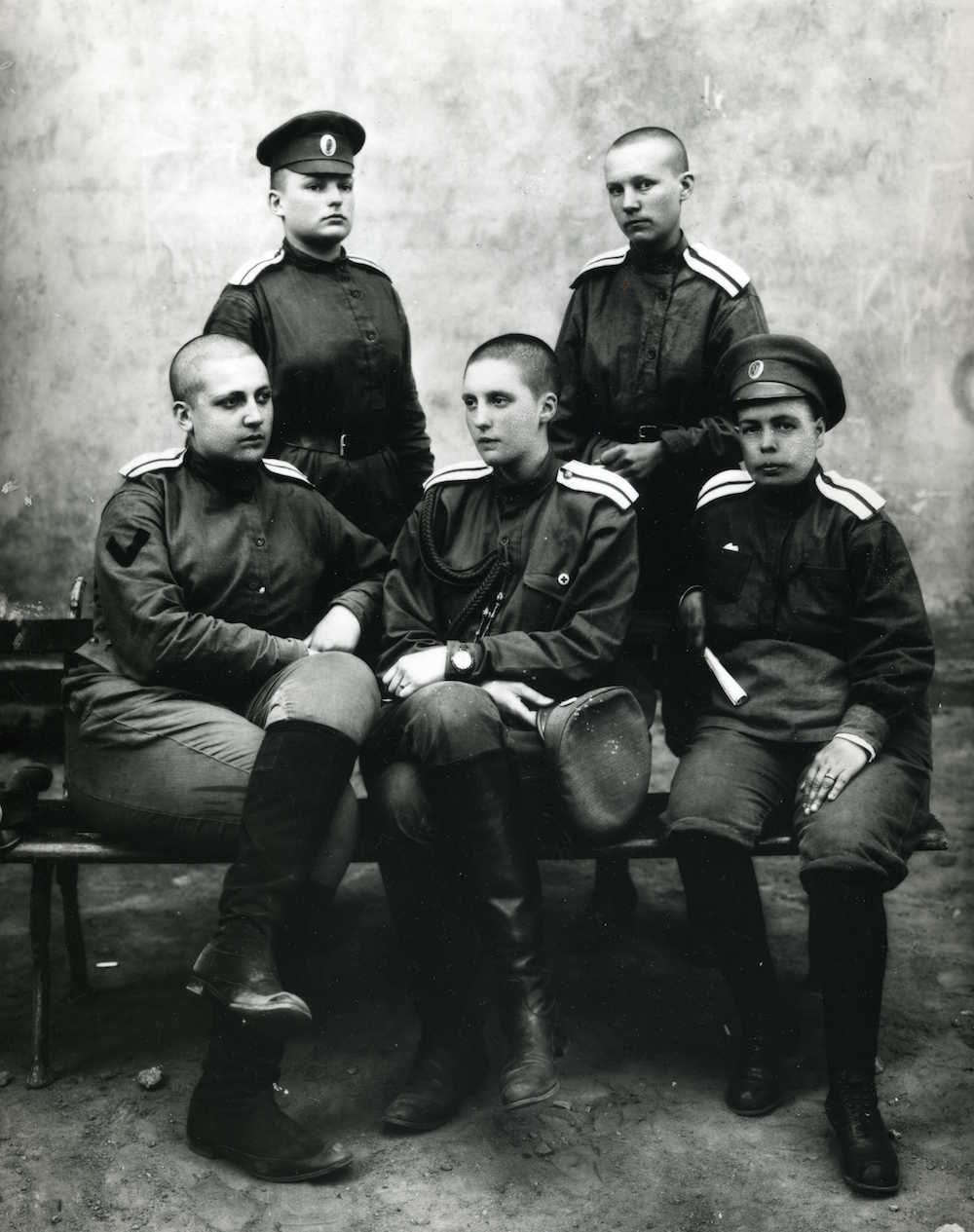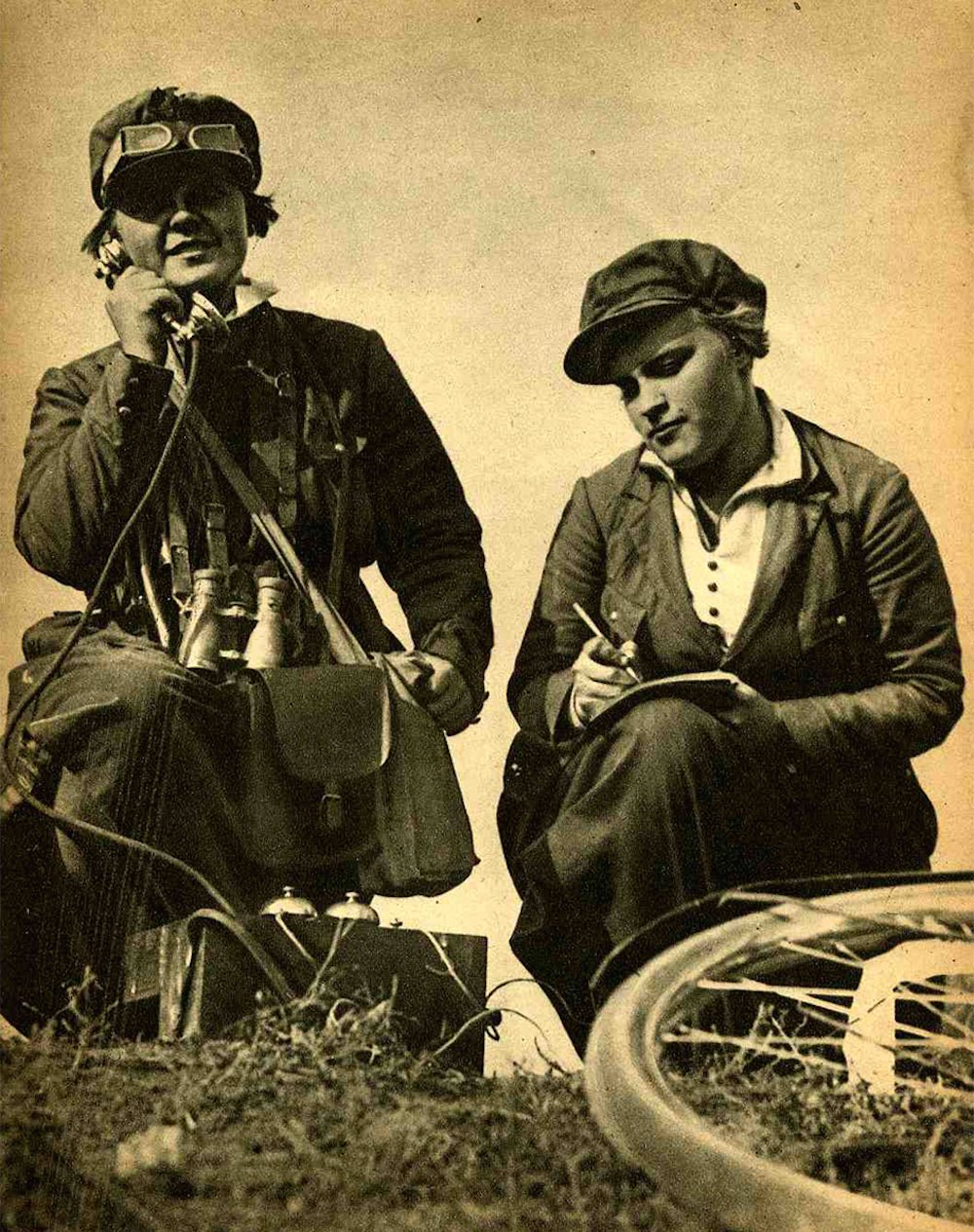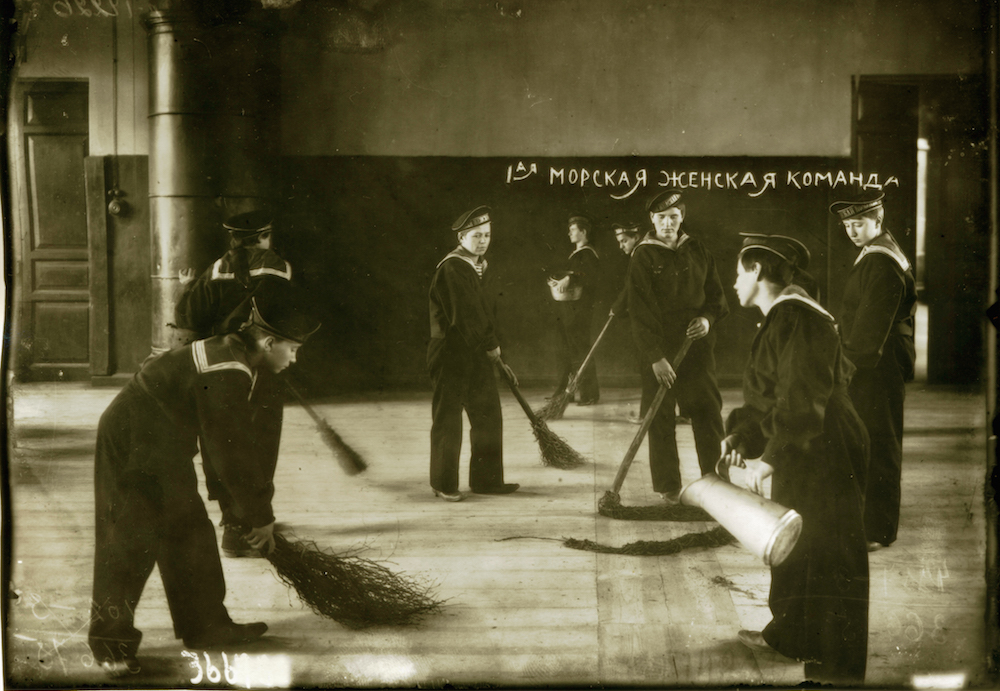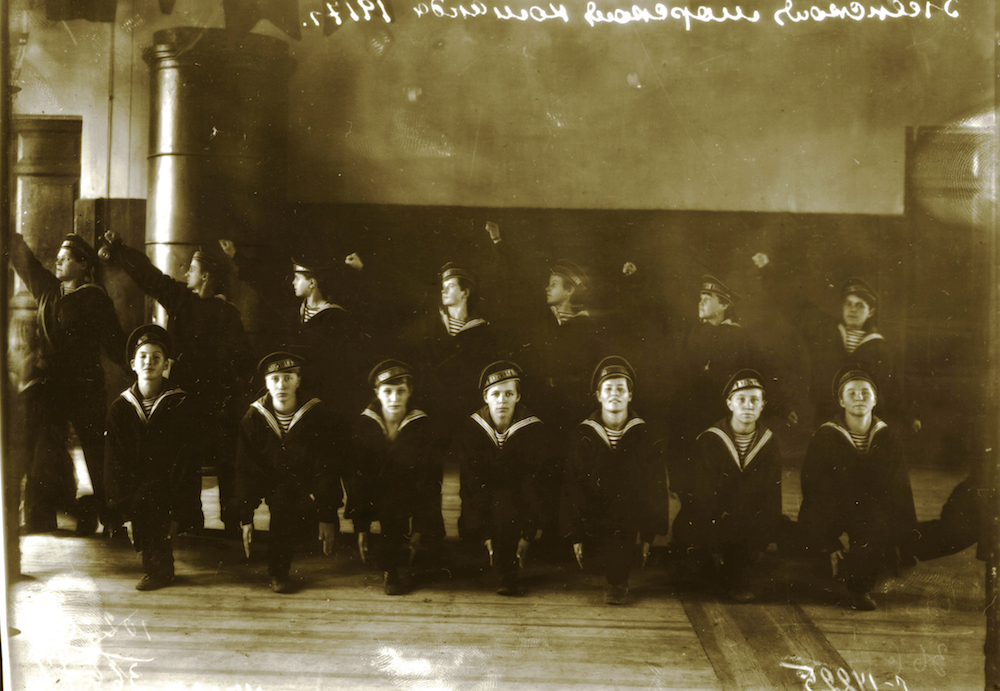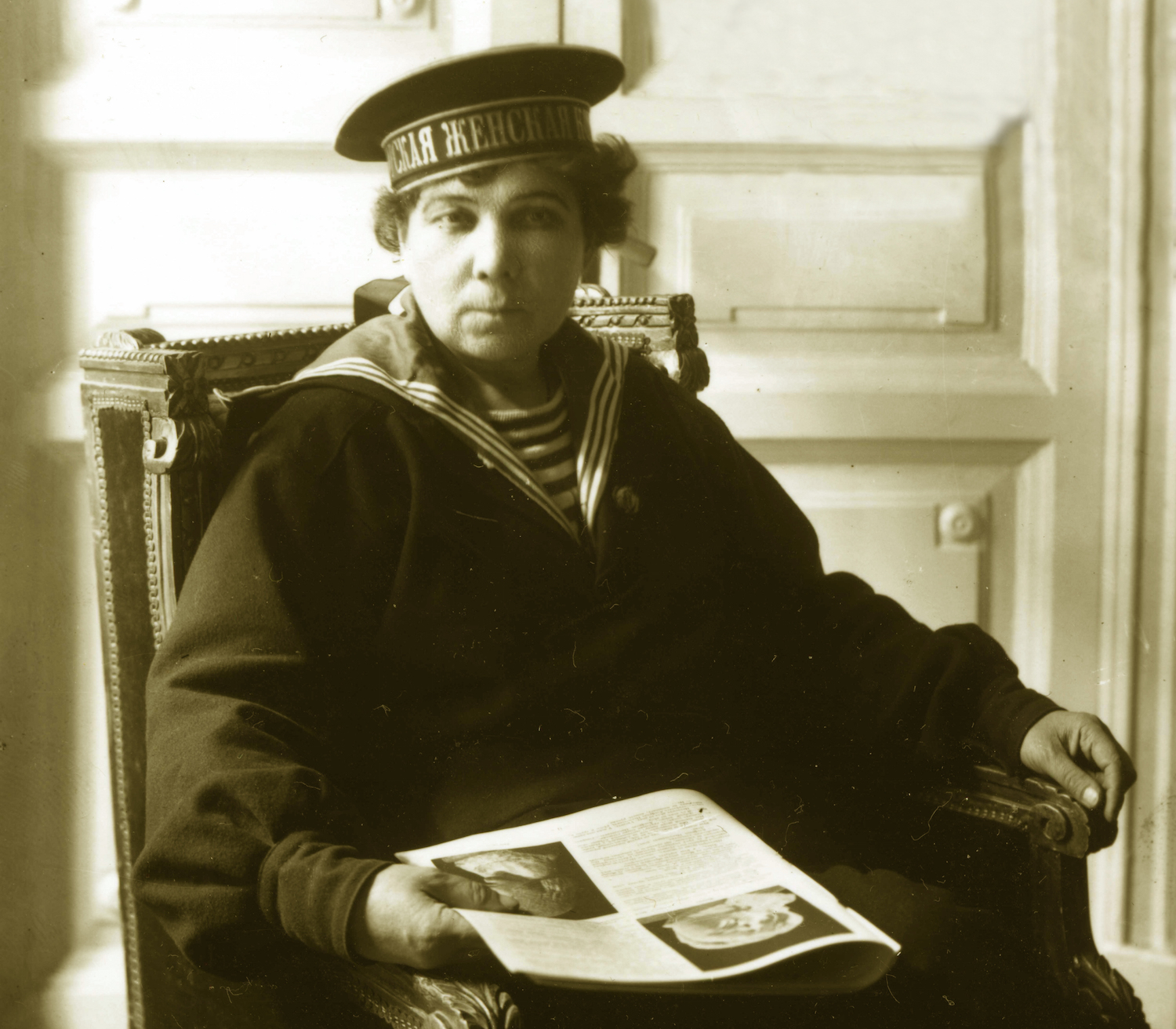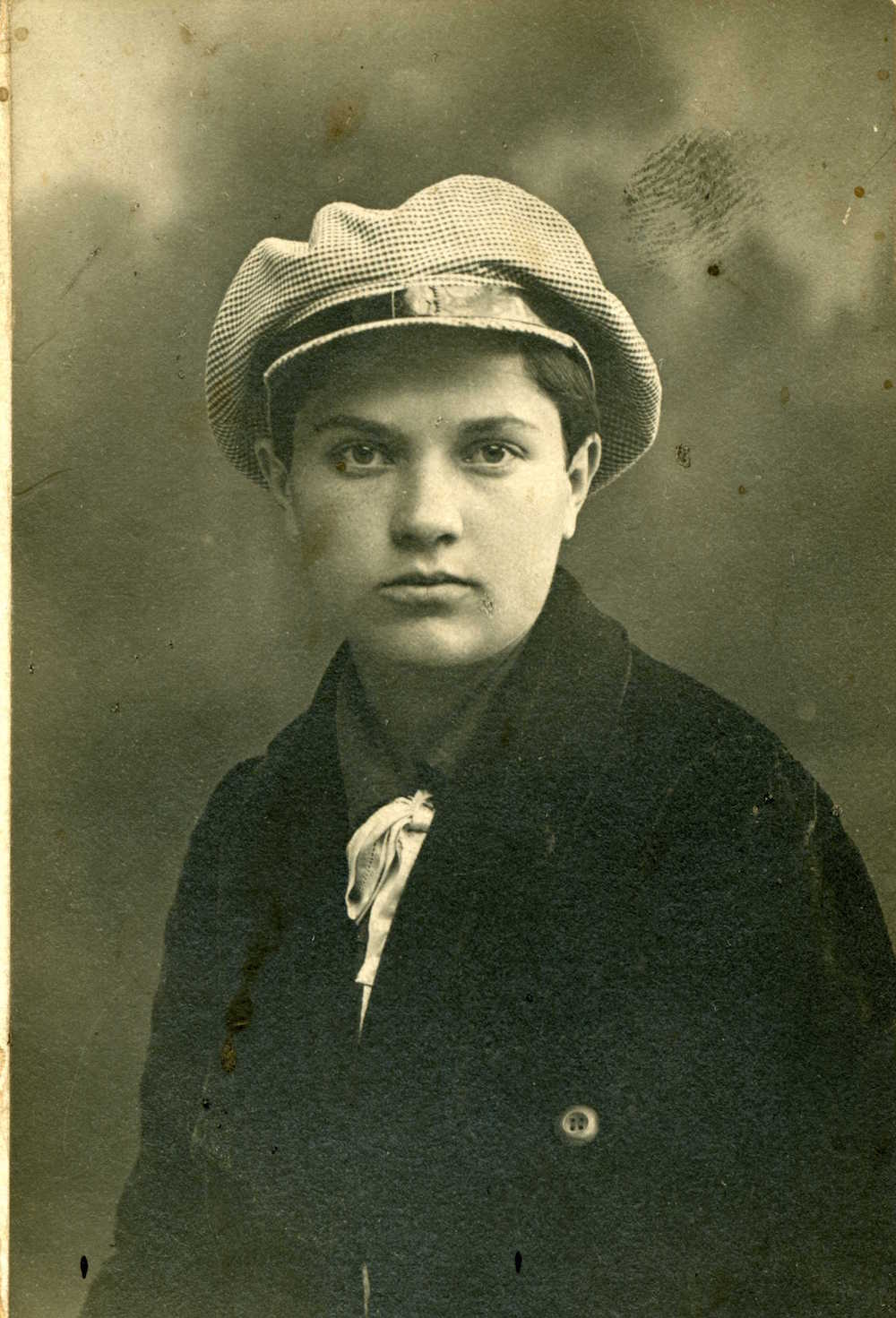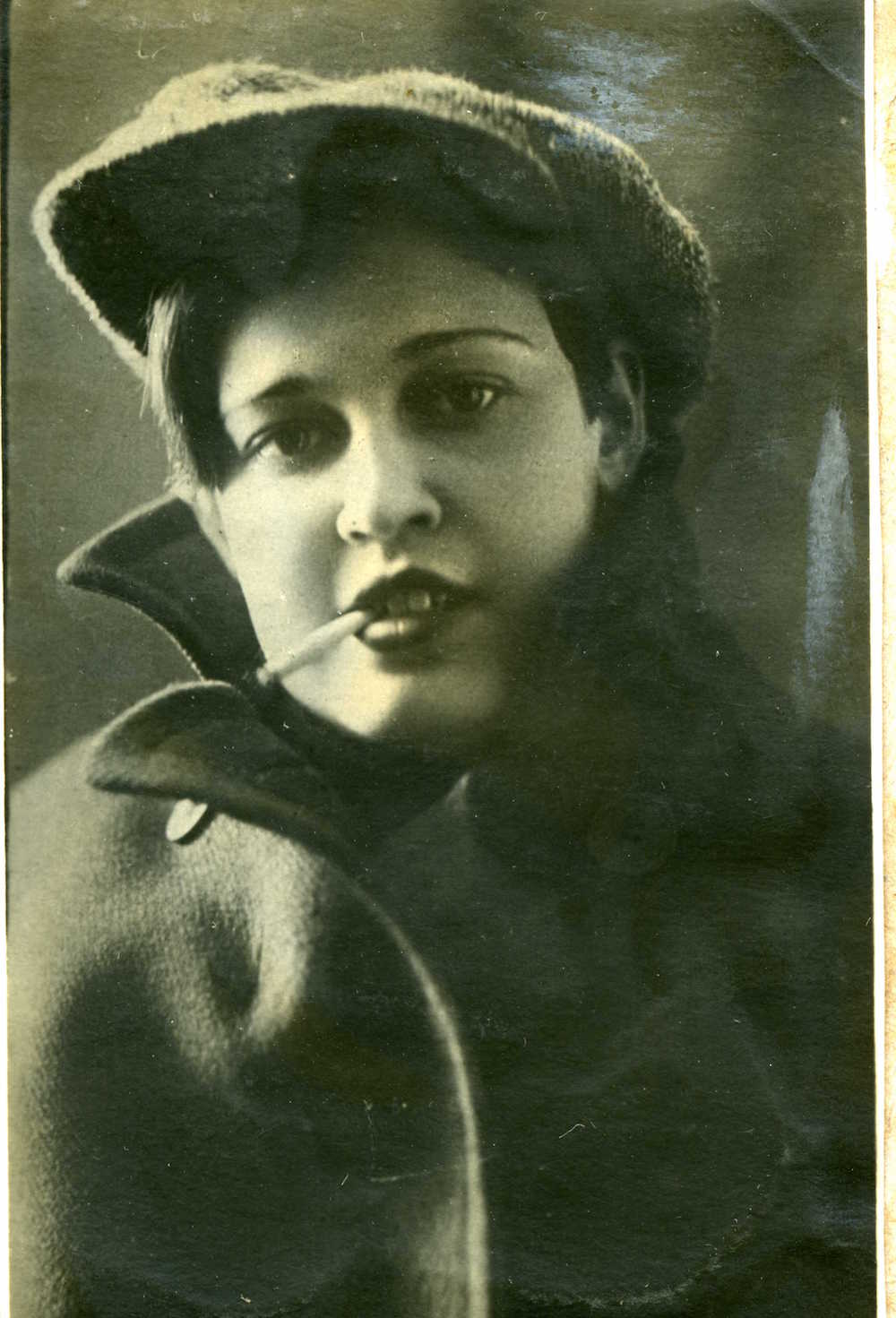Sea change: how a company of female sailors sparked a gender revolution in 1917
One often overlooked aspect of the Revolution is its impact on ideas of gender, fashion and sexuality. Olga Khoroshilova tells the story of Russia's first company of female sailors, and the fierce style icons of the swinging Soviet 1920s
1917 is known as the year of two Russian revolutions: a bourgeois one in February and a socialist one in October. But that strange and frightful year also saw a third: a gender revolution that began on 12 July. On that day the Russian General Naval Staff gave orders for the creation of the first women’s naval unit. The patrons of the scheme, including a number of Russian feminists, hoped that the unit would be able to take part almost immediately in the ongoing First World War.
May of that year had already seen the formation of a women’s infantry shock brigade under the command of Maria Bochkareva. But Bochkareva’s brigade was not the first women’s infantry unit in Russian history. That honour belongs to the “Amazonian Squadron” of Catherine II, formed in April 1787 (and surviving only a month). There are widely known cases from the 19th century of women dressing as soldier or officers to take part in military campaigns. A number of female volunteers were sent to the front during the First World War: Russian newspapers published photos of these women in uniforms bedecked with medals. By 1917, the idea of a woman in the Russian army was quite commonplace.
But never before in Russia – or, indeed, anywhere in the world – had an attempt been made to introduce the “female element” into the closed, conservative and fiercely masculine world of the navy. “A women at sea – the crew’s misery,” “Woman on board – stay at port”: such sayings were common. But 1917 destroyed many longstanding military traditions. Thanks to the efforts of Aleksandr Kerensky (head of the Provisional Government that ran Russia between the February and October revolutions), women received – at least theoretically – the right to serve at sea. The women’s naval unit, formed with Kerensky’s approval and under his patronage, was meant to be the first step towards women receiving full, professional maritime training. This was a genuine revolution.
1917 is known as the year of two Russian revolutions: a bourgeois one in February and a socialist one in October. But there was a third: a gender revolution
And as ridiculous as it may seem. in part this was because it was this unit that defied the old interdiction against women wearing trousers. By this point the history of fashion had seen a fair few examples of female sartorial insubordination: the charming Georges Sand in pantaloons, for instance, or Collette in a three-piece suit. But these were all instances of individual aesthetic masquerade on the part of harmless bohemian tomboys.
On 12 July 1917 the General Naval Staff and Kerensky himself officially permitted those signed up to the women’s naval unit to wear trousers – real naval ones, just like men’s. The other components of their uniform were also strictly masculine: overcoats, jackets, flannel shirts, collar jacks, straps with buckles, boots, underwear and sailors’ caps which were specially produced to order, since none were found that fitted the women’s heads. The only elements which the women were refused were cocardes and epaulettes. But even without these they looked convincingly maritime.
For their training the “girls in trousers”, as the unit immediately became known, were sent to the Kolskaya naval base in the far north of the Empire. To this day sailors know Kolskaya as the “land of flying dogs” thanks to its strong Arctic winds. Kerensky had no other choice: no other base or vessel would take the women (after all, “a women at sea – the crew’s misery”). Petrograd society followed the unit with interest. From July to September newspapers and journals published articles and commentaries on its activities. The famous Petrograd photographer Yakov Steinberg made an entire series of portraits of life in the unit for the Niva journal. There were hardly any dissenting voices in public, rather a great curiosity as to the government’s project to “feminise” the Russian navy.
Nonetheless the project was terminated in August, partly because of insufficient numbers of volunteers, and partly because renewed unrest in the capital forced Kerensky to devote all his efforts to crushing an attempted putsch by Commander-in-Chief Lavr Kornilov. At the end of August a few women were sent to serve in Kolskaya (the last documentary evidence of their work dates to November 1917); the rest either became sisters of mercy or, casting aside their uniforms, signed up as secretaries, laundresses and cooks at naval bases.
The uniform of the unit, along with the appearance and behaviour of the women sailors, played a definitive role in the formation of the early Soviet ideal of female beauty
Yet in the few months of its existence the unit played a huge role in the future of the country. For one thing, it proved that women could in fact serve in the navy; in 1920 women began receiving professional training in Soviet naval academies, with some going on to serve at sea and in naval aviation. What’s more, the uniform of the unit, along with the appearance and behaviour of the women sailors, played a definitive role in the formation of the early Soviet ideal of female beauty. The “girls in trousers” and their land-lubber sisters-in-arms in the shock brigades laid the ground for a number of women’s styles in the Soviet 1920s.
The first of these was what we might call the Red Commanderess. She emerged during the Civil War that followed the October revolution and stuck around until the end of the 1920s. Her distinguishing features were military uniform, tunics, naval or leather jackets, breeches or (very rarely) trousers and scandalously short, boyish hair. All this was copied from the shock brigades and naval unit by Soviet fashionistas. Some women who favoured this look – such as Olga Minskaya and Aleksandra Bogat – had actually served in the Red Army during the Civil War and chose to keep their uniforms on during the peaceful 1920s, causing a great deal of confusion as to their “real” sex.
Another style popular in Soviet Russia in the early 1920s was the so-called apash look (from the word for “open necked” or “wide-collared”). This came into its own in the roaring twenties, when some emancipated women decided to try on the mask of the hooligan: free, unfettered, sexualised. They cut their hair short or hid it beneath wide-brimmed hats, camouflaged their breasts with the help of puffy jackets and tightened their wide leather belts. Instead of bell-bottoms, however, they preferred modest skirts – even in Soviet times few women dared to follow the example of the volunteer sailors. European fashion also influenced the “open necked” style. To a degree this was the Russian, proletarian, Red response to the bourgeois style à la garçonne.
The gender revolution of 1917, including the Bolsheviks’ decriminalisation of homosexuality in Russia in the same year, also helped to foster the phenomenon of everyday cross-dressing during the liberal 1920s. One employee of the Soviet intelligence services (or GPU), listed in documents as “Evgeniya Fedorovna”, was able to pass as a man for a long time. In 1918, she began work at the Cheka, or secret police, working in the investigative unit, speaking about herself exclusively in the male gender and wearing a man’s uniform. In 1922, she successfully registered her marriage to a woman who suspected nothing and only much later uncovered “her spouse’s true sex”. Fedorovna’s colleagues attempted to take her to court for “crimes against nature”, but the case collapsed and the marriage was not overturned. She was later wounded by a bullet during an encounter with some Moscow bandits and forced into retirement: against her dearest wishes she was forced to part with the uniform that she loved. She began to drink, and was arrested several times for “debauchery involving women”.
Another remarkable example of everyday gender fluidity took place in January 1921, when a police raid saw the arrest of 95 people during a wedding between men taking place in a private apartment in the centre of Petrograd. Almost all those arrested were men who had arrived at the occasion in dresses, with one in a wedding gown and bridal veil. It’s worth noting that women dressed as men and the “bride” were hardly shocking at the time – and certainly not to the police. It appears that the raid was only carried out because a whistle-blower had alleged that the apartment was occasionally used by participants in a counter-revolutionary plot “aimed at weakening the morale of the Red Army.” The political and gender revolutions of 1917 were, it seemed, working in unison. Soviet citizens were free to work through their own liberation as they wished – so long as the Party line was not crossed.
Text: Olga Khoroshilova
The Future Remains: Revisiting Revolution runs until December 2017 at the Calvert 22 Foundation
